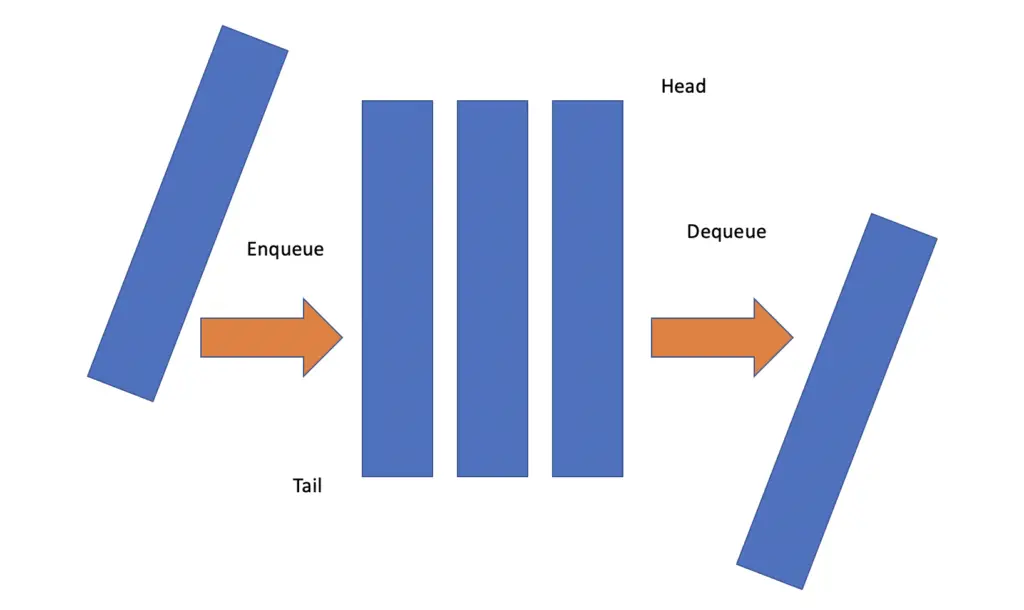

Both methods remove and subsequently return an element from a queue. QueueLL.offer(3) Poll Elements From the Java Queueįor removing elements from the queue, the Java queue interface offers the “remove” and the “poll” methods. In linked lists, memory allocation happens as items are added, so length limitation doesn’t make senseĪccordingly, you can use any method you like. Therefore, Java needs to know the number of elements the array can contain. In other data structures like arrays, memory for items is allocated when the data structure is initialized. In the case of the linked list, this distinction is irrelevant because linked lists are not size-limited. Then, the add method will throw an exception whereas the offer method simply returns false, indicating that the element has not been added. The only difference in behavior emerges when the queue is full. They both behave in a similar manner when adding elements to the queue. To add elements the Java queue interface offers the two options “offer” and “add”. There is no need for type checking and casting. Every other component in the system retrieving elements from the queue now knows that it can expect an integer.
#POLL JAVA QUEUE CODE#
I highly encourage you to do that if possible because it makes your code less error-prone. Since the advent of Java generics, you can also type constrain the queue. We can do that since the linked list conforms to the queue interface in Java Queue queueLL = new LinkedList() To create a queue using a linked list, we initialize the LinkedList and assign it to a variable of type queue. This makes adding elements to the end of the queue and removing them from the beginning very fast. In a linked list elements are not stored in a contiguous manner but each element contains a reference to the next element and its location in memory.
#POLL JAVA QUEUE HOW TO#
How to Create a Queue in Java: The Linked List OptionĪ common way to implement queues is via the LinkedList Java data structure.




 0 kommentar(er)
0 kommentar(er)
